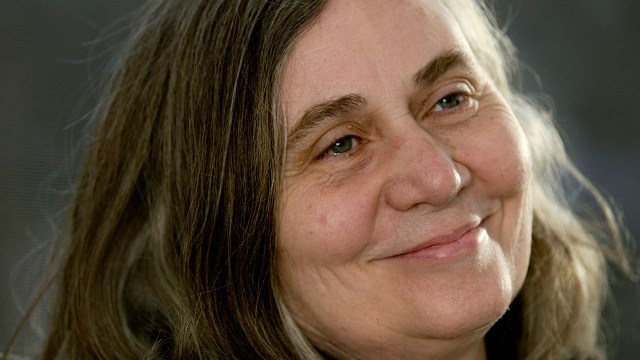George Dyson: How Turing’s Cathedral Was Built

What’s the Big Idea?
“It is impossible to predict where the digital universe is going,” writes technology historian George Dyson in the preface to his new book Turing’s Cathedral, “but it is possible to understand how it began.” It is from that contention that Dyson sets out to tell the origin story of the digital universe, which he locates in “the physical realization of Alan Turing’s Universal Machine, a theoretical construct invented in 1936.”
That physical realization came in 1945, when a group of a dozen engineers led by a mathematician named John von Neumann designed and built an electronic digital computer in less than five years for under one million dollars.
As Dyson observes, this machine “broke the distinction between numbers that mean things and numbers that do things. Our universe would never be the same.” So how did these engineers do it and what lessons can be drawn from their story that can be applied to our digital future?
Watch the video here:
What’s the Significance?
The lesson to be drawn from the creation of the stored-program computer, according to Dyson, strikes at the heart of what makes innovation happen. On the one hand, you could hand a blank check to a large team who would work in a state-of-the-art facility such as Bell Labs, Los Alamos or MIT. They might end up inventing nothing.
On the other hand, you could assemble a small team in a small laboratory without even a soldering gun. And then get out of the way. Dyson describes a group of men and women who were working in a vacuum, and in some way, “I think that’s why they were so creative,” Dyson says. In other words, von Neumann’s team proved that you don’t need a $500 million facility to change the world. According to Dyson it’s better to let “small, imaginative groups of people do what they want.”
Image courtesy of Shutterstock
Follow Daniel Honan on Twitter @Daniel Honan





